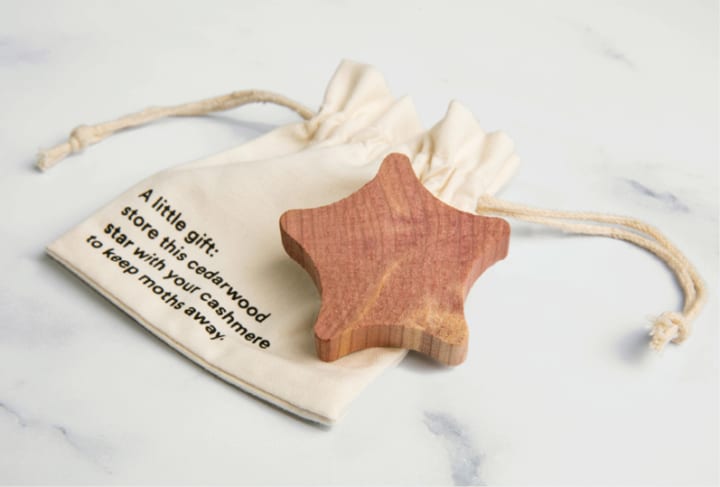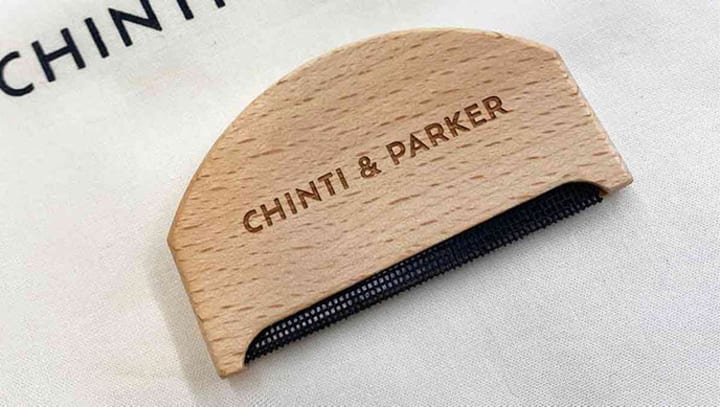When it comes to washing your cashmere, you have two options: by hand or in the machine. Machine washing is our co-founder Rachael’s favourite method. She says, “I swear by machine washing my knits. It’s an environmentally friendly alternative to dry cleaning and great if you’re too time-poor – or too lazy – for hand washing.” Machine washing of cashmere is most suitable for lighter gauges, rather than your chunky knits. If you are opting to wash cashmere in the machine, we suggest using the delicate or woollens cycle, selecting the lowest-speed spin setting and a cold temperature. We also recommend using a gentle detergent developed especially for knitwear. If in doubt, then washing your knits by hand is a failsafe option. See our step-by-step to hand washing, below.
Hand washing your cashmere will always produce the best results if you have the time to do so. Ensure you wash your knits every three to four wears, even if they aren't visibly stained, as moths will flock to pieces that have any remnant of debris.









